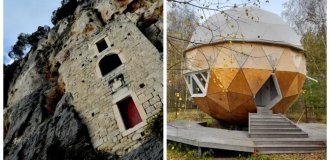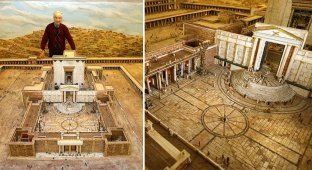In Norway, gold coins were discovered at the site of a pagan temple (3 photos)
In Wingrom on the shore of the Norwegian lake Mjøsa once there was a pagan temple. Over the past few decades, its Thirty gold items were found in the area. They are all thin, like paper, often square, with a raised image. The other day during During road works, five more similar artifacts were discovered. 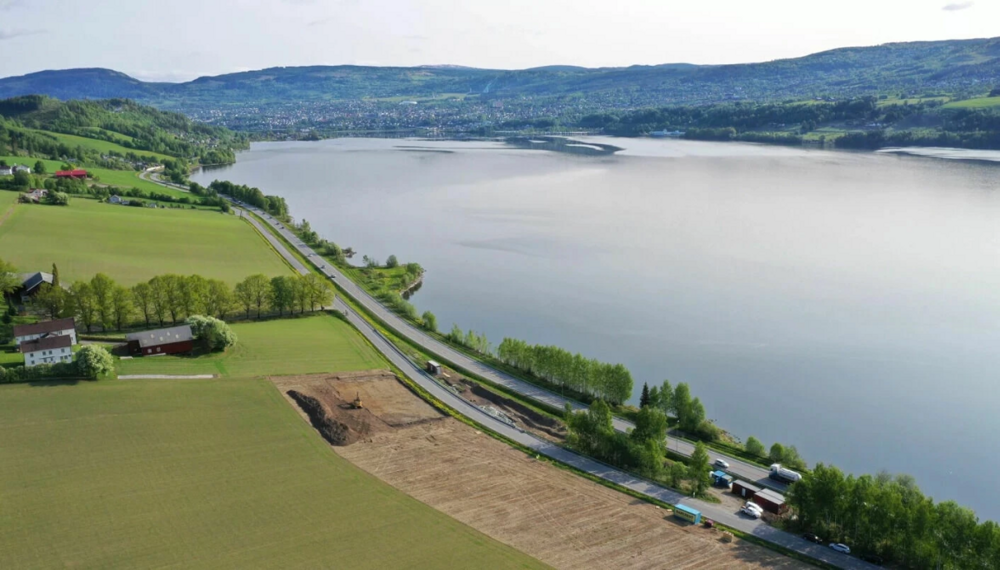
The size of products similar to square coins does not exceed human nail. They depict a man and a woman in different outfits and jewelry.
Archaeologist Catherine Stene led the excavations that were carried out here all summer and autumn due to the reconstruction of the E6 highway between the bridge Miesa and Lillehammer. “It was incredibly interesting,” admits archaeologist. 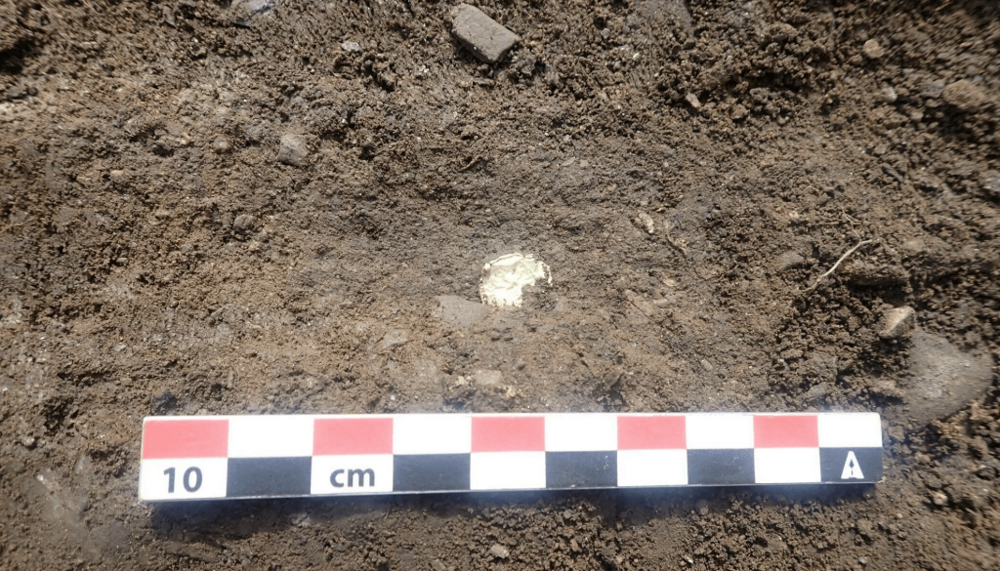
The length of the pagan temple is about fifteen meters. According to researchers, the finds date back to the era of the Merovingian dynasty, ruled from the end of the 5th to the middle of the 8th century in the Frankish state.
The last five items were found under the building. Probably, they were a ritual offering to protect the future temple.
In 1993, Harald Jacobsen, driving along the E6 highway, noticed what archaeologists call a "cultural layer" - a layer of soil with obvious inclusions of material traces of human activity. And he turned out to be right: Soon the first two coins were found. 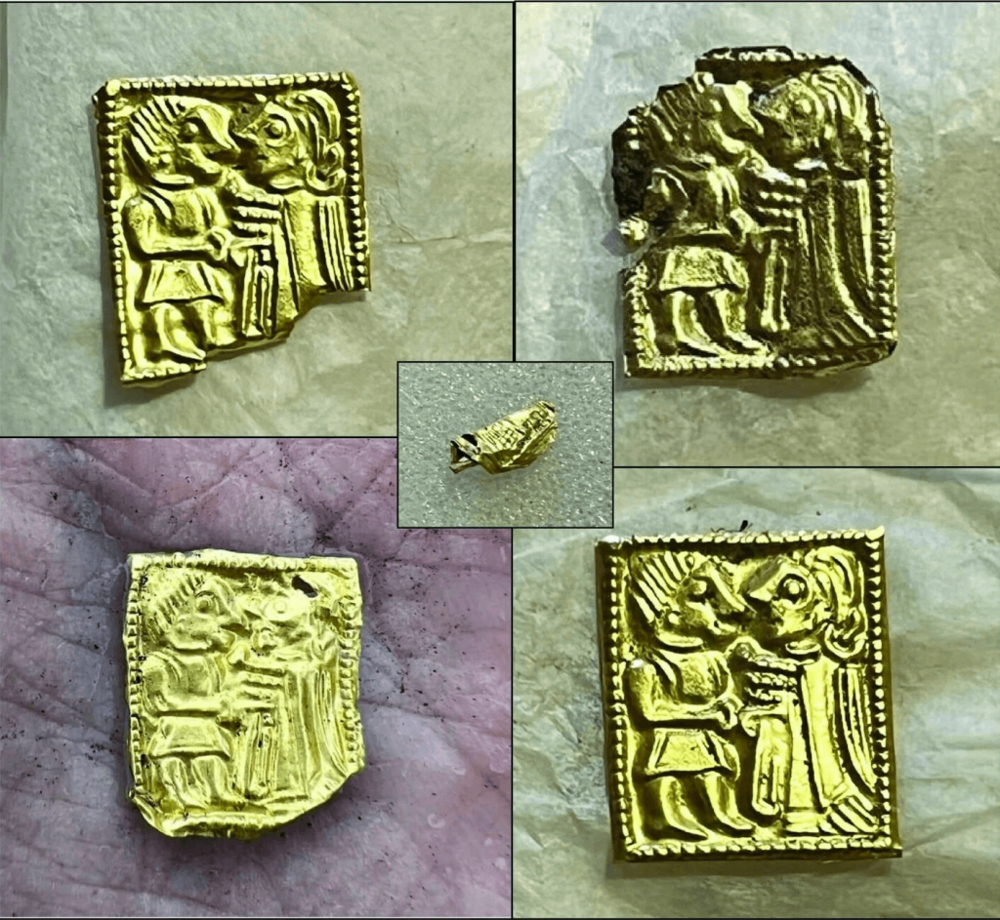
35 items from the temple in Wingrom represent the most large collection of Norway. In a similar temple in Uppokra in Sweden there was 100 gold specimens were found, and more than on the Danish island of Bornholm 2500.








